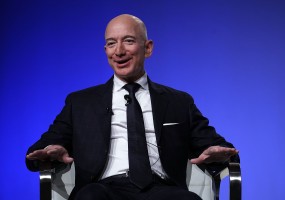Be prepared to face the facts when you go get a snack.
According to the Associated Press, a new law is proposing that the calorie information of snacks be posted on the outside of approximately five million vending machines nationwide as part of President Barack Obama's health-care law.
The Food and Drug Administration is proposing the rules be released early in the new year, along with the new healthcare laws. According to the AP, displaying the calorie information on snacks will lead to Americans making healthier eating choices.
The FDA estimates the change will cost the vending machine industry $25.8 million at first and $24 million annually after that. The law will require approximately 10,800 companies that operate 20 or more machines, to have the information on their machines.
According to the National Automatic Merchandising, nearly 75 percent of the companies have three or fewer employees. The companies also carries very low profit margin. Eric Dell, the vice president for government affairs at the National Automatic Merchandising Association, stated that the initial investment of $2,400, along with $2,200 for annual expense, is a great deal of money for small companies that barely earn a few thousand dollars annually.
"The money that would be spent to comply with this - there's no return on the investment," Dell said.
Companies have a year to comply with the new law. Industry representatives are pushing for an extra year, to allow flexibly among companies, the AP reported. The law does allow companies to use an electronic display to post calorie information; other companies can stick to the traditional route of sticking signs to the machines.
According to a 2011 study, only one in six people take time to read at the calorie information posted on a snack. The AP reported that .02 percent of obese adult consume 100 calories or less a week. In the state of Philadelphia, a recent study found no change in calories intake, after the labeling low was passed.
"There is probably a subset of people for whom this information works, who report using it to purchase fewer calories, but what we're not seeing though is a change at an overall population level in the number of calories consumed," said Brian Ebel, the study's author and an assistant professor at New York University's department of population health and medicine.
A majority of restaurant chains currently post calorie information, despite research suggesting that most customer "do not pay attention."
"But because some people will find this useful, there is no downside to using this kind of information," NBC News Health and Diet Editor Dr. Madelyn Fernstrom said.









